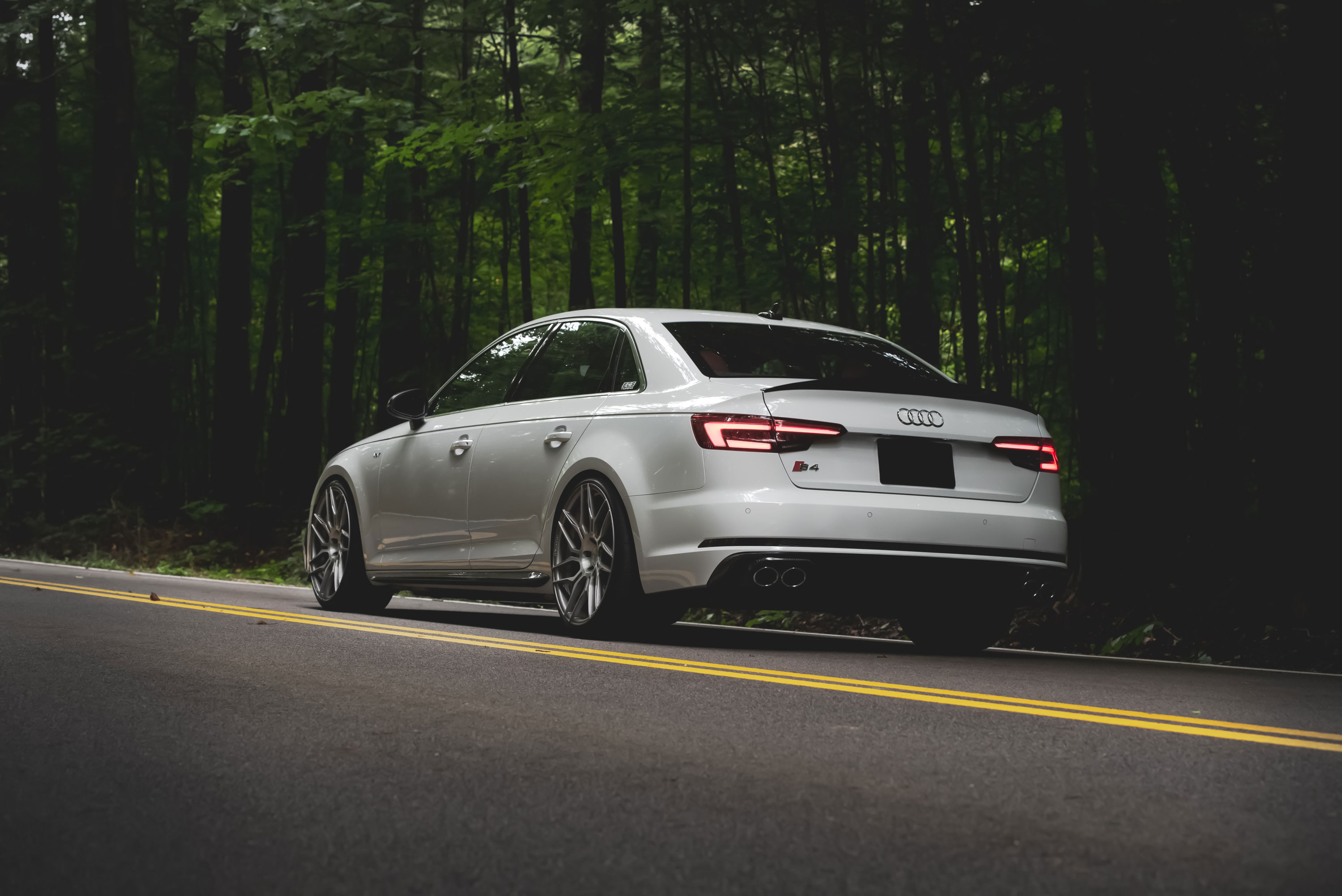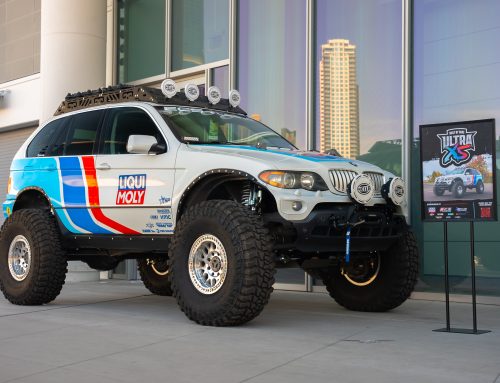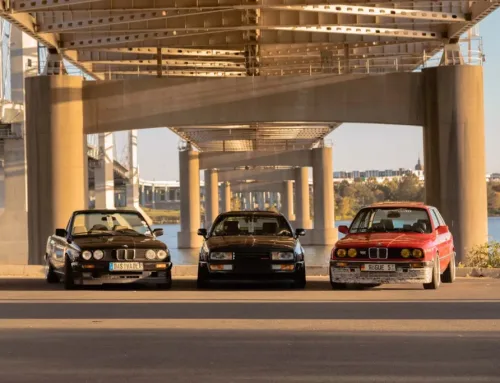Lately, many customers have asked us about hubcentric rings and hubcentric spacers. We would love to answer that question and educate everyone on some other related terminology to ensure the next time you go to buy wheels, you’ll have an understanding of what you need to know to make the right choice. Here is everything you need to know to order wheels that fit and understand why hubcentric rings are important.
Do I need Hubcentric Rings or Hubcentric Adapters?
Yes, if your wheel center bore is a larger diameter than your hub bore, you absolutely need hubcentric rings. This is because aftermarket wheels are typically designed to fit as many cars as possible unless they are custom-made for your specific application. For cost-saving reasons, mass-produced wheels will have a center bore large enough to fit the biggest hub bore that wheel was designed to fit. More often than not, when you buy a set of aftermarket alloy wheels, your wheel center bore will be much larger than the bore on your hub. While this doesn’t prevent you from mounting the wheel on your car, it is less than ideal.

What happens if I don’t use a hubcentric ring?
When the hub is smaller than the center bore on the wheel, the wheel will not be technically centered. This causes vibration in many cases, especially around 50-60mph, that feels like a wheel imbalance. The case is, in fact, that the wheel is slightly off-center and not making a smooth rotation. With hubcentric rings, you fill that void and adapt the center bore of the wheel to the hub bore of the car.
With centering rings, often made of industrial-grade plastics or aluminum, your wheels will be centered as though they had a matching center bore to your hub, similar to OEM fitment. But what about spacers?
Do wheel spacers need to be hubcentric?
Yes, you absolutely need to ensure any spacers mate with the wheel center bore and wheel hub precisely, either by being the correct diameter themselves or with hubcentric rings to make up the difference in size. Wheel spacers effectively change the offset of your wheels without making you buy new wheels. They space the mounting surface away from the hub so your wheels poke out for a more aggressive fitment. Many spacers are designed with both the PCD, or bolt pattern, and center bore to be exact. While this may be the case, your aftermarket wheels may still need hub centric rings to fit properly.

Just remember, you will have a vibration of some kind if your wheel hub bore is bigger than the center bore, same for spacers. If your hub bore is 57.1mm, your spacer center bore and outer bore need to also be 57.1mm too. Then, with either hub centric rings or OEM center bore wheels, you can be sure you will not have a vibration. So, in conclusion, make sure your center bores and hub bores are all consistent for the most comfortable ride!






